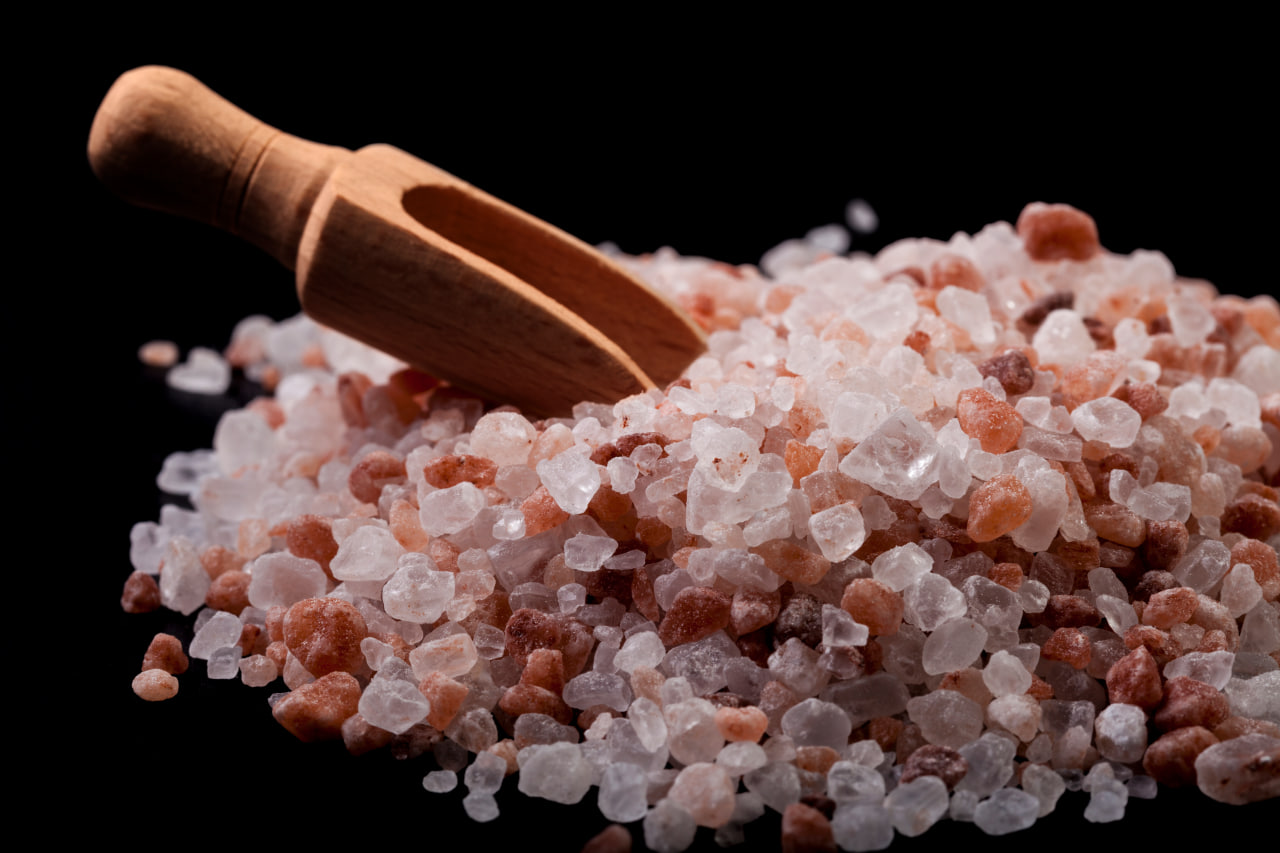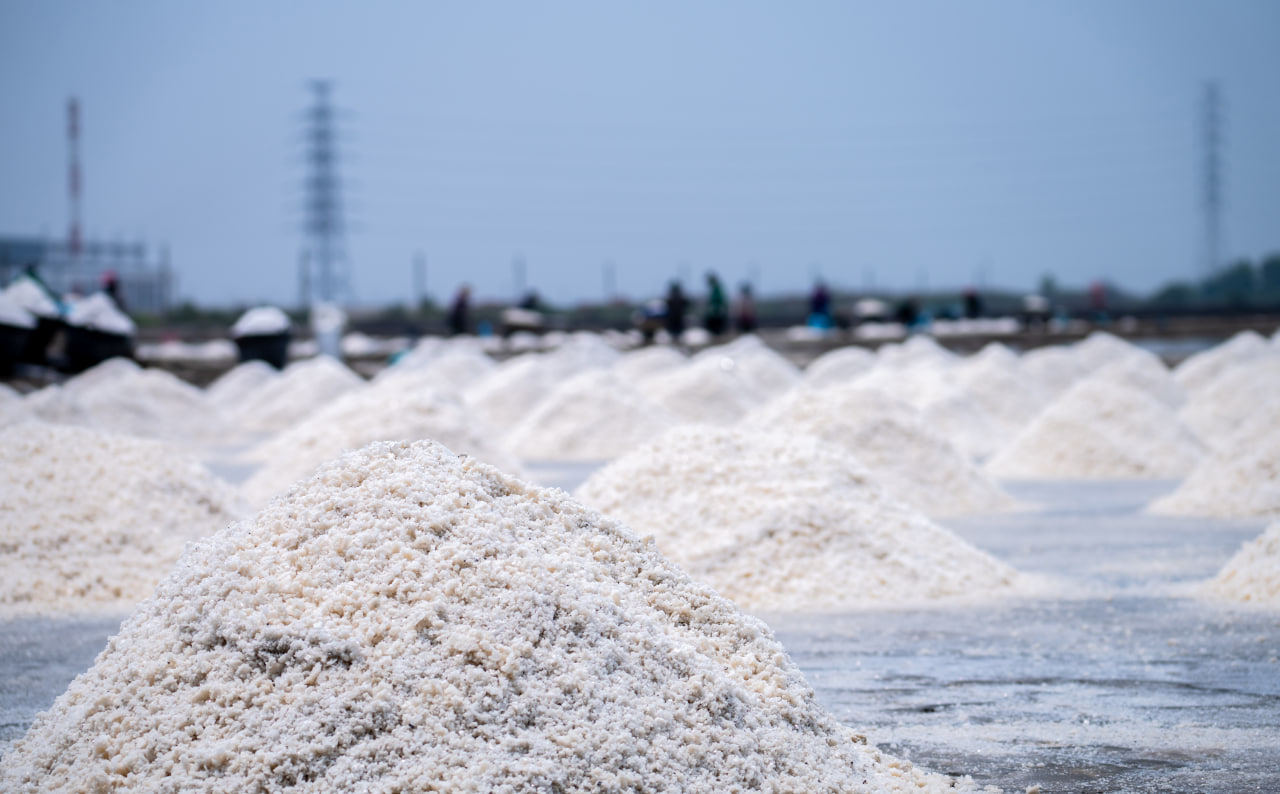Introduction
In recent years, Iranian Pink Salt has emerged as a premium commodity in international trade, especially across European markets. Once overshadowed by its Himalayan counterpart, this natural wonder from Iran’s mountainous regions is now making a name for itself on dining tables, spa products, and gourmet food shelves across the continent. But how did a local Iranian product come to conquer such sophisticated and competitive markets? This blog explores the journey, the unique qualities of Iranian Pink Salt, and the strategies that positioned it as a European favorite.
1. The Origin of Iranian Pink Salt
Iranian Pink Salt is primarily extracted from the ancient salt mines of Garmsar and Semnan provinces in Iran. These regions are rich in natural mineral deposits that have formed over hundreds of millions of years. Unlike table salt, Iranian Pink Salt is unrefined, chemical-free, and retains over 80 trace minerals including calcium, magnesium, potassium, and iron — the latter giving it its signature pink hue.
These salt deposits are often located in majestic pink salt mountains and caves, making the mining process both challenging and sustainable. The unique geological conditions in Iran contribute to the salt's purity and flavor profile, making it a preferred choice for health-conscious consumers.
2. What Makes Iranian Pink Salt Special?
The primary characteristics that set Iranian Pink Salt apart include:
Mineral Composition: With a rich mineral content, it is not only beneficial for health but also enhances the flavor of food.
Purity: It is often considered purer than many other salt varieties due to minimal human interference and pollution in its origin sites.
Color & Texture: Its distinctive pink color and crystalline texture make it visually appealing for gourmet dishes and culinary aesthetics.
Health Benefits: Known for promoting hydration, balancing pH, improving respiratory health, and even supporting vascular function.
These unique qualities have been major selling points in positioning Iranian Pink Salt as more than just a seasoning — it's now a lifestyle product.
3. Rise of Health-Conscious Consumers in Europe
European markets have seen a significant shift toward organic, natural, and health-focused food products. Consumers are increasingly scrutinizing ingredient lists and opting for items with added nutritional value. Iranian Pink Salt fits perfectly into this trend.
Brands marketing this product have focused heavily on storytelling: promoting the salt’s ancient origins, sustainable extraction methods, and mineral-rich composition. Wellness influencers and health blogs across Europe have further boosted the salt’s image as a health supplement rather than just a kitchen staple.
4. Strategic Export and Branding by Iranian Companies
Iranian entrepreneurs and exporters realized early on the potential of Iranian Pink Salt in international markets. They adopted several strategic initiatives:
Packaging: High-end, eco-friendly packaging to appeal to European aesthetics.
Certifications: Acquiring international health and safety certifications (like ISO, HACCP, and Organic labels) to ease entry into regulated markets.
Targeted Marketing: SEO-optimized websites, multilingual content, and targeted advertising in countries like Germany, France, Italy, and the UK.
Trade Fairs and Exhibitions: Regular participation in international food expos and wellness shows helped build visibility and credibility.
These strategies not only helped build demand but also instilled confidence in distributors and retailers across Europe.
5. Diversification of Iranian Pink Salt Products
To meet the diverse needs of European consumers, Iranian manufacturers began diversifying their product range:
Edible Salt Crystals and Grinders
Bath Salts and Spa Products
Salt Lamps and Decorative Items
Cooking Slabs and Plates
This diversification helped Iranian companies tap into multiple segments — culinary, wellness, and home décor — significantly boosting overall export volumes.
6. Competition with Himalayan Salt
For years, Himalayan pink salt dominated the global market. However, Iranian Pink Salt began to challenge its monopoly for several reasons:
Price Competitiveness: Iran’s logistical advantages and lower production costs allowed for competitive pricing.
Comparable Quality: Lab analyses revealed that Iranian Pink Salt offers a comparable, if not superior, mineral profile.
Sustainability: Iran’s mining practices were highlighted as less destructive and more eco-friendly than some Himalayan operations.
These factors gave Iranian salt a competitive edge, particularly among eco-conscious consumers.
7. Role of E-commerce and Digital Marketing
Online platforms played a crucial role in propelling Iranian Pink Salt into European households. Iranian brands leveraged platforms such as Amazon, Etsy, and niche organic marketplaces to reach end consumers directly.
Additionally, a strong focus on digital marketing helped boost brand visibility. Strategies included:
SEO-rich blog content (like this one!)
Social media influencer collaborations
Email marketing campaigns for wellness enthusiasts
Product listing optimization for search engines and marketplaces
The result was increased brand recall and growing consumer trust in Iranian Pink Salt.
8. Challenges Faced Along the Way
Despite its success, the journey wasn’t without hurdles:
Trade Sanctions: Economic sanctions limited financial transactions and international partnerships.
Logistics: Ensuring timely delivery amidst political and logistical disruptions was a constant challenge.
Brand Recognition: Overcoming the initial bias toward Himalayan salt required consistent branding and quality assurance.
However, the resilience and adaptability of Iranian exporters turned many of these challenges into opportunities for innovation.
9. Future Outlook for Iranian Pink Salt in Europe
With rising demand for clean-label and ethically sourced products, the future looks promising. European wellness and gourmet food sectors are expanding rapidly, creating more opportunities for Iranian Pink Salt to penetrate mainstream retail channels.
There’s also potential for growth in secondary industries, such as:
Gourmet restaurants adopting Iranian Pink Salt
Spa chains offering salt-based therapies
Eco-conscious brands adding pink salt to their product lines
Continued investment in branding, R&D, and partnerships will further cement its position in the European market.
Conclusion
Iranian Pink Salt has not only carved out a niche for itself but is steadily becoming a household name in Europe. Through strategic branding, quality assurance, and adapting to global trends, it has transformed from a regional product into an international sensation.
As awareness of its benefits continues to grow, it’s safe to say that Iranian Pink Salt has not just entered the European market — it has conquered it.
Meta Description: Discover how Iranian Pink Salt conquered European markets through quality, branding, and wellness trends. A 1500+ word SEO blog covering its journey to global success.
Tags: Iranian Pink Salt, gourmet salt, natural salt, health salt, Europe salt market, pink salt vs Himalayan, salt exports Iran




